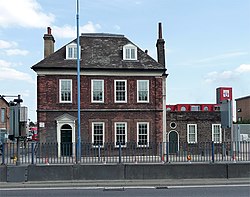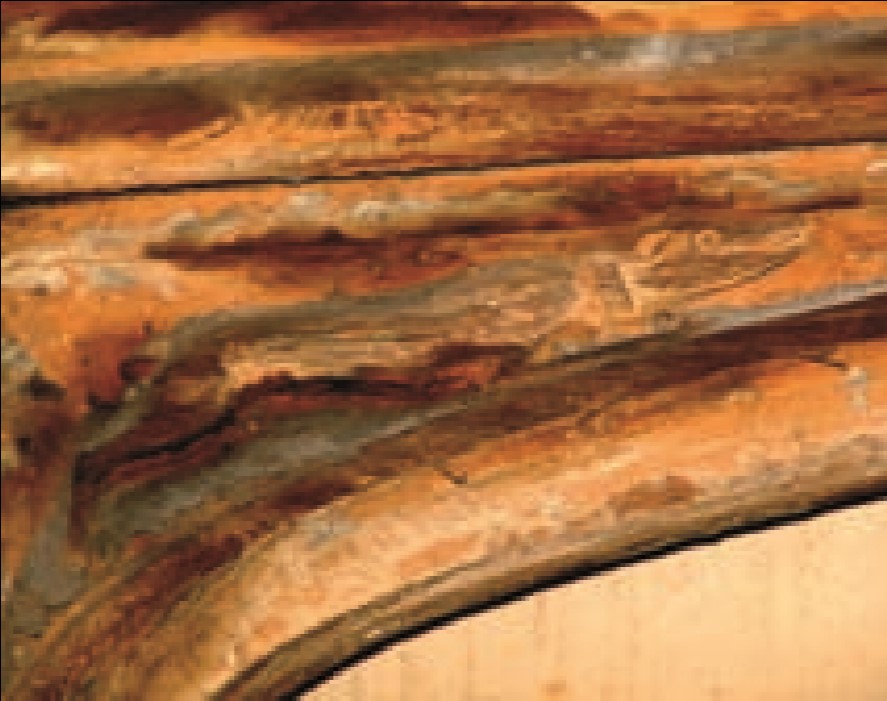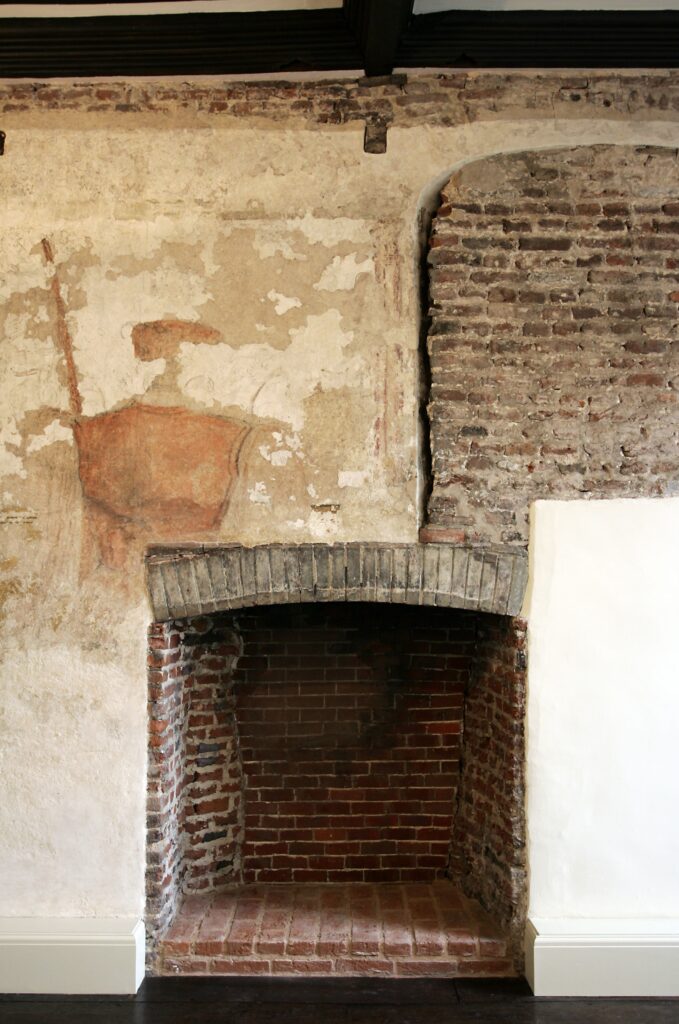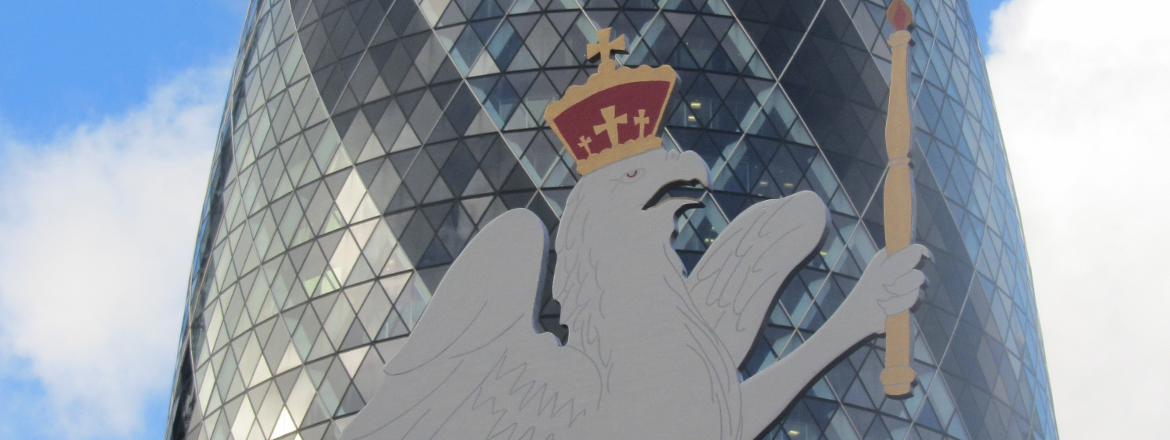The northern approach to the Blackwall Tunnel isn’t the most inspiring landscape. A building on the left not far from the big Tesco’s near Bromley by Bow looks to the casual glance like, perhaps, an Edwardian public library or maybe a business headquarters that has had an adventurous life.

It’s been a lot of things: home, hospital, gunpowder factory, business headquarters, children’s hospital, show place, lover’s trysting place, church office, palace. A thousand years ago there were three mills hereabouts – hence the name of the area. Seven hundred years ago the vastly rich Holy Trinity Priory, Aldgate owned the building and the lordship of the Lower Manor of Bramberley – until Henry VII “acquired” it as a hunting lodge.
We now know that in the early Tudor years this was an exquisitely decorated mini-palace where courtly hunting parties waited for the tide to be right for their return by boat to Greenwich. When the present-day building was restored a few years ago, discoveries included the remains of exquisite trompe l’oeil wall paintings of men at arms keeping guard over the landscape, of elaborate lettering, and of door frames carved with hunting scenes.

Early in the reign of the young Henry VIII the courtier John Blount had a short lease on the building for a few years. It is likely that Blount’s name would no longer ring many historical bells if it were not for the fact that he was the father of a daughter who became a lover of the King. Elizabeth Blount, generally condescendingly known as Bessie, was a maid of honour of Catherine of Aragon, became a Royal mistress and was tactfully retired to the country when she became pregnant. Her son, Henry Fitzroy, was acknowledged, brought up in some splendour, and his mother married off to two minor aristocrats in succession. Bessie and her former lover remained on good terms, and presumably her father, too, took the line of least resistance – certainly he was one of the retinue that accompanied the King to the Field of the Cloth of Gold, and lived on to become a member of parliament.

The fortunes of Bromley Hall in the next few years were complicated. By the time of the Dissolution of the Monasteries in the late 1530s both the house and the surrounding land were up for grabs. And one of those best placed to do the grabbing was Ralph Sadleir, builder of Sutton House in Hackney. We know from his account book, meticulously kept by his steward Gervase Cawood, that some of his plummiest acquisitions, perfectly legal and approved by the Court of Augmentations, included properties around Bromley Hall. There is some evidence that the former tenants, evicted as a result, came to Hackney to protest.
By 1550 Sadleir had disposed of his property in the London area, Bromley Hall included – by this stage he was well on the way to the status he finally achieved – that of the richest commoner in the country. Both Sutton House and Bromley Hall lost their Court connections but remained very desirable properties. In 1606 Bromley Hall was acquired by Sir Arthur Ingram, who was on the staff of Sir Robert Cecil. Among Ingram’s duties was selling Crown lands to City merchants – so, in that respect at least, little change there.
The next two centuries saw many changes of owner and of use for Bromley Hall. Most of those owners were a series of City merchants, some of whom came to live, while others used the building for commercial purposes. It was to become a gunpowder factory in the civil wars, the headquarters of a calico printing works run by a Quaker dynasty and a paediatric training hospital. This was a relatively small, adaptable and useful building, so it continued to escape demolition. It was not until the early years of the present century that it was restored, and is now used as office space, owned and managed by Leaside Regeneration.

When we were able to visit with a group of local young people, we were amazed by how strongly we are able to imagine the place and people of the early Tudor years who partied and picnicked here as they waited for their boat back to Greenwich. We created our own version of a visit in the 1530s as Ralph Sadleir planned to add this mini palace to his expanding property portfolio. We reimagined the area as hunting land, and returned to Hackney full of ideas for the delegation that did, we believe, visit Sadleir to persuade him to allow his tenants to stay in the land they had farmed for generations.
As far as we know there is no current public access to this magical place. We hope the present owners will take forward their plans to invite their neighbours in.
